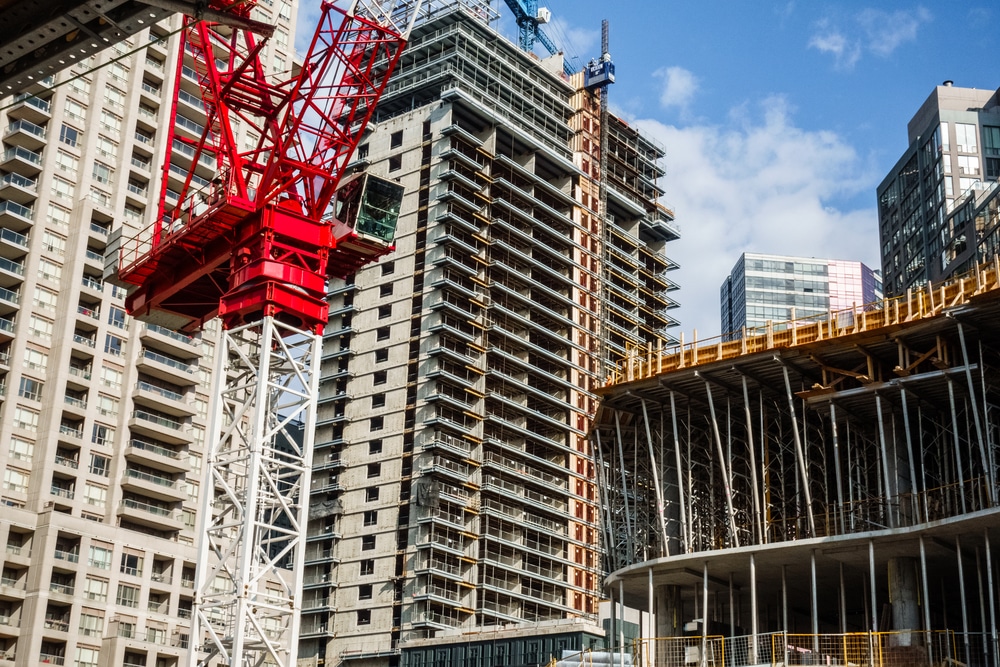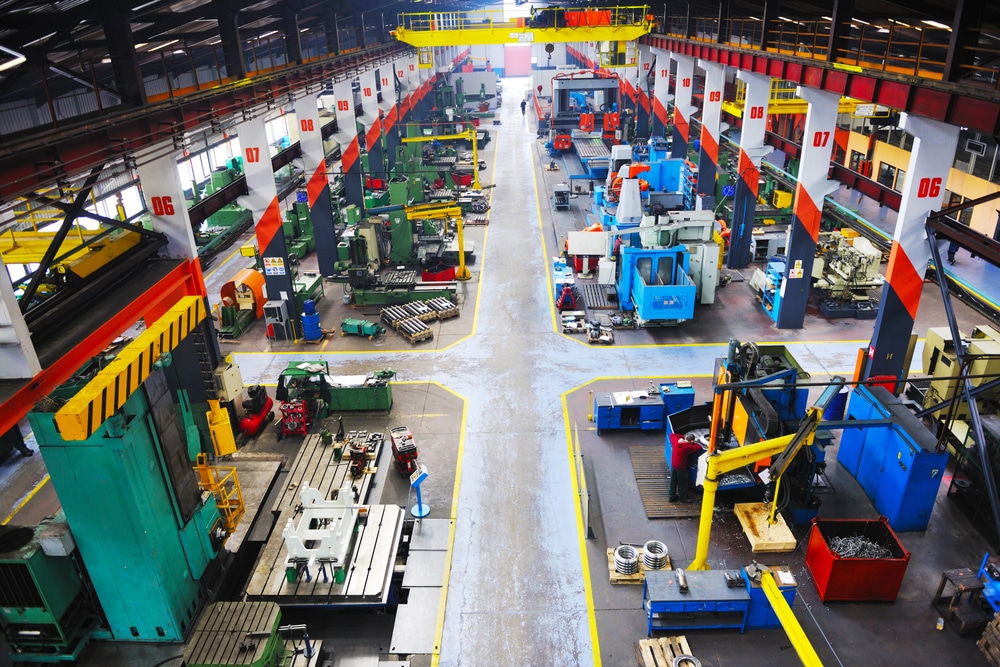For the past 200 years, humans have been constructing buildings in the same way – until now. Technology, which experts say is developing at an astounding pace, is bringing the possibility of an unprecedented change to how we make our cities and the places we live in. This would, however, necessitate a major shift in strategy with a focus on training.
In his paper titled Automation: A New Millennium Technology for Construction Industries, Dr. Jayshkumar Pitroda, argues that the industry should embrace the new developments as construction automation could go some way in addressing some of the major headaches in the industry including safety concerns.
He points out the role of automation in the development of new equipment navigation systems, as well as hardware which can be programmed to carry out construction tasks, both of which could help address safety issues and other challenges in the construction industry. Additionally, digital tools will make planning, design and the actual construction processes more efficient and generally more optimal overall.
Read also: How digital technology is changing the construction industry
A research report compiled by CBInsight in 2018 noted definite start-up activity in the construction sector pointing to a major tech upgrade for the real estate market. The report notes that it is expected that these newer entrants will use big data and a digitally savvy approach to design homes – that would inevitably cause some disruption. Labour in constructing the builders, land usage and the availability of capital was defined as the obstacles – with experts stating in the report that there is no real solution for the global housing crisis on a broader scale yet.
This report quotes the president of one of the start-up disruptor companies Katerra, Trevor Schick who says that the way people build houses, in essence, has remained unchanged for nearly 200 years. His feeling is that in most cases when building a house this is treated as individual projects in terms of design, planning, quotation and as part of the build itself. In this way, we have not yet truly realised any widespread economies of scale.
According to the CBInsight report prefabrication, standardizing design elements and improving economies of scale will provide a solution to the high cost of construction. This would mean that large parts of a building are designed and constructed away from the building site.
One tech start-up, Blokable already creates modular homes that come with appliances, wiring, and plumbing and can either stand alone or be connected up to five story high.
In a paper published in Automation in Construction author Thomas Bock said there are many indications that traditional construction has reached its limits. He said while the innovation in the construction industry is very much in the incubation phase much disruption should be expected as research and development in this sector is being ramped up.
Bock said over time, the ability of robot systems has grown, allowing them to be used in the construction sector and notes that there is also an increase in automation technology, custom single-task robots, service robots, and microtechnology are becoming inherent elements of buildings and building components.
Writing for PHCPPros Brian Antonsen the vice-president of mechanical construction at McKinstry, a national construction contractor said there has been much talk of automation and robot workers since 2018 with new innovations surfacing almost every week. These include robotic brick-layers, drones that can paint and measure and 3D printers creating building materials. He said a robotic bricklayer has been developed that can lay 6000 bricks a day as opposed to a human one placing 500 and added that the new developments are suggesting major improvements in workplace safety.
Antonsen, nevertheless, argues that human oversight for quality control will still be essential. He said that construction firms should start crafting a strategy to introduce new technology taking into account that innovation was happening at a staggering pace. He added that two of the major challenges in the construction industry, waste and inefficiency, could likely be addressed by automation and digitizing.
Techcrunch described a robot that was being produced by Japan’s Advanced Industrial Science and Technology Institute that can position, anchor and carry drywall sheets quoting its developers as proposing the technology as a way to address a shortage of workers in that country caused by a falling birth rate and an aging population as well as allowing construction professionals to avoid dangerous, heavy work. This would allow for a decrease in risk situations affecting occupational health. The robot hasn’t been introduced into the commercial environment yet as developers are struggling to “develop a work environment tailored to the robot,” according to the report.

The Fabricator, designed and built by professors from ETH University in Zurich has been constructing buildings since 2017. Essentially a robot arm, the Fabricator lays down a mesh framework for a planned building and can create bends and waves. In 2017, the project proudly announced that it has constructed the world’s first predominantly digitally designed and built home. The professors involved in the project stated that the aim was to explore how digital techniques could making building processes more sustainable and more efficient, as well as providing more opportunities for innovation in design.
Harvard’s Spider Bots have been developed to address the constraints of 3D printing and developers are working on enhancing the little robots’ capabilities to create homes – even though they make it clear that they are not there yet. “We are essentially a research lab and this is meant to be a research platform, a playground for the team that we keep improving as we learn and develop it further,” says Livio Dallaro who headed up the development team at Siemens Corporate Technology said in a press release. Nonetheless, this research, if successful, could open up incredible potential for the use of 3D printers as part of automated processes in the building industry.
In research published in the Journal of Information Technology in Construction, a team of writers argues that for now, technology could assist in SMST training courses – using 4D technologies to simulate dangerous and “real life” situations at building sites providing a key strategy for training. By developing a “serious game” researchers showed that playing, coupled with scenario training improved students’ ability to spot health and safety hazards. This, therefore, has the potential to strengthen the industry when it comes to the critical are of site management safety.
Find here: 10 ways to get your field teams to use construction software
As technology continues to develop at breakneck speed, these developments have the potential to greatly impact on many sectors, including the construction industry. New automated building solutions are being introduced seemingly every day. This is already having impacts on the way construction is being approached, with the potential to have even more impacts in the future, especially when it comes to volume house building.
As automation and digital processes develop to have more and more applications within the building industry, they have great potential to make the sector more efficient, cost-effective and to increase innovation. With the number of new techniques made possible through automated technology, designers and builders will have a whole new set of tools at their disposal to fuel creativity. Additionally, automation could boost sustainability within construction, an area of great concern in today’s eco-conscious world. All signs are showing that automation may very well revolutionise the industry in the near future.




